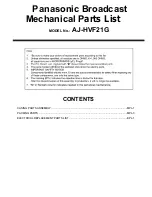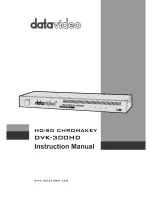
INTENDED PURPOSE
This hydraulic lift is intended for lifting vehicles with parallel tubular frame structures such as motorcycles, trials bikes etc. up to a
maximum weight of 680 kg.
SAFETY PRECAUTIONS
• Only use your hydraulic lift for raising vehicles within the given weight limit.
• Position the vehicle onto your hydraulic lift at the vehicle’s lifting points specifi ed by the vehicle’s manufacturer.
• Make sure that none of the vehicle’s cables, lines, struts on the underside of the vehicle are trapped or bent between the vehicle and
the hydraulic lift.
• Before lifting the vehicle, apply the holding brakes to both of the swivel rollers to stop the hydraulic lift from rolling away.
• Screw the safety bolts into the threaded holes in the base frame until both bolts have fi rm contact to the ground and the hydraulic
lift can no longer be moved.
• Secure the vehicle against slipping or tipping over using appropriate holding straps before repairing or inspecting the vehicle while
on the hydraulic lift.
• Only use your hydraulic lift to raise loads of up to a maximum of 680 kg. Overloading the lift may damage it or cause an accident.
• Only use your hydraulic lift an a fi rm, horizontal ground surface.
• Keep children and others away from your working area.
• Do not use your hydraulic lift when there are others on the vehicle or leaning against the vehicle.
• Always secure your hydraulic lift with a raised load by lowering the safety supports and using the safety bar.
• After lifting a motorcycle make sure that it does not fall over when lowering it on the hydraulic lift or removing the holding straps.
If necessary, have someone help you.
• Always check the safety straps against damage before use. Immediately have damaged safety straps changed and never use them
to secure a load.
SETTING UP THE HYDRAULIC MOTORCYCLE LIFT
1. Take the foot pedal and remove the two pin clips from the pivot pins. Remove the two pivot pins from the foot pedal.
2. Locate the fi rst hole in the foot pedal over the hydraulic ram and place one pivot pin through the hole and secure with a pin clip.
3. Place the two pivot brackets inside the foot pedal, align the brackets with the second hole in the foot pedal and insert a pivot pin
and pin clip as shown below.
4. Unscrew the hydraulic ram cap to create a 3/16’’ (5 mm) gap between the cap and the hydraulic ram.
5. Raise the hydraulic ram with the foot pedal insert the hydraulic ram into the lift base.
6. Locate the hydraulic ram cap inside the bracket support of the upper strut of the lift base.
7. Align the hydraulic ram. Base into the guides in the lift base.
OPERATE
Test to see that the jack operates fully by pumping the foot pedal.
ELEVATED MOTORCYCLE
Two people are needed all times when a bike is being placed on or removed from lift and whenever the lift is being elevated or lowered.
One person should be on each side of the lift all times during such operate.
1. Only use the lift on a level and stable surface.
2. Ensure the lift is at its lowest height; roll the stand under the bike ensuring that the two cross-braces locate underneath the twin-
spars of the frame. Take care not to snag or hit any components of the bike.
3. Check the release valve is closed (turn valve clockwise), then pump the foot pedal to raise the stand to engage the frame spars.
4. When the lift is engaged on the frame, ensure that the castor brakes are engaged, the pump the foot pedal to lift the bike to the
required height.
5. At the required height, roll the safety bars over to lock into the raised tabs of the base.
6. Before working on the bike, add tie-downs straps between the anchor points and around the bike to secure to the stand.
7. The lift and bike can be moved by unlocking the castor brakes, then slowly and carefully moving the stand with the t-handle.
Caution: Take care when moving lift and bike, do so only an flat and stable surface.




























